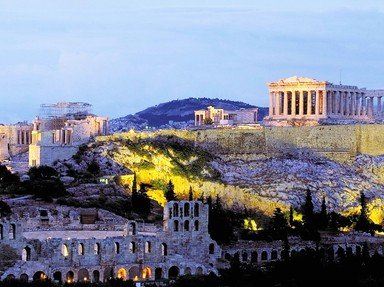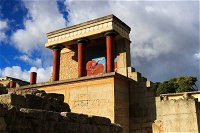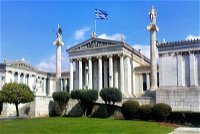
Photo Tour: Landmarks of Greece Quiz
Greece is home to numerous ancient structures, while its more modern counterparts are nothing to shy away from. Come take a tour of these incredible Greek landmarks! (Click the images to get a closer look!)
by trident.
Estimated time: 3 mins.











